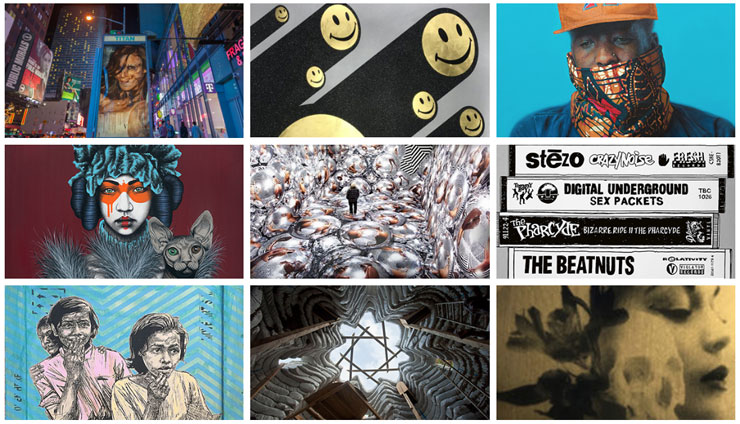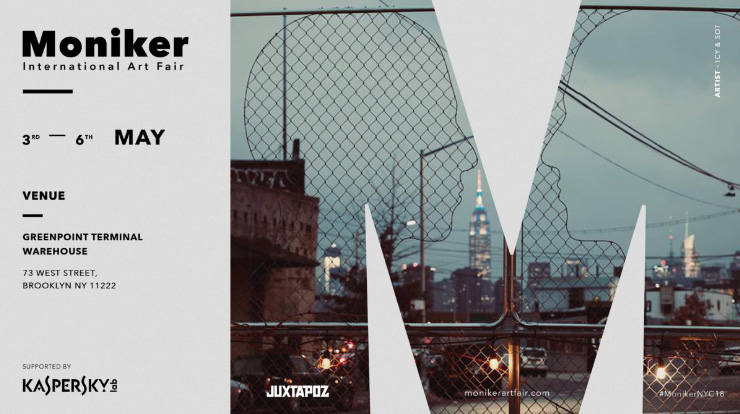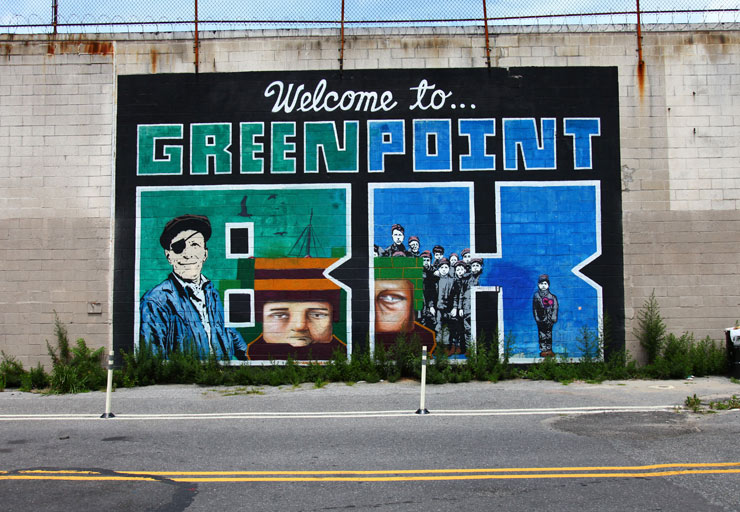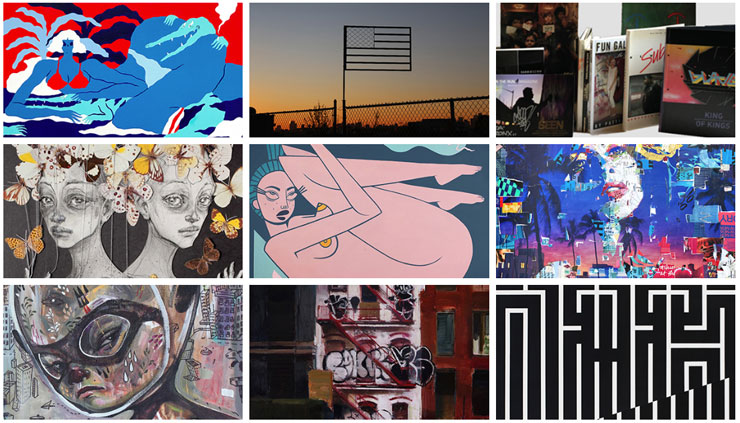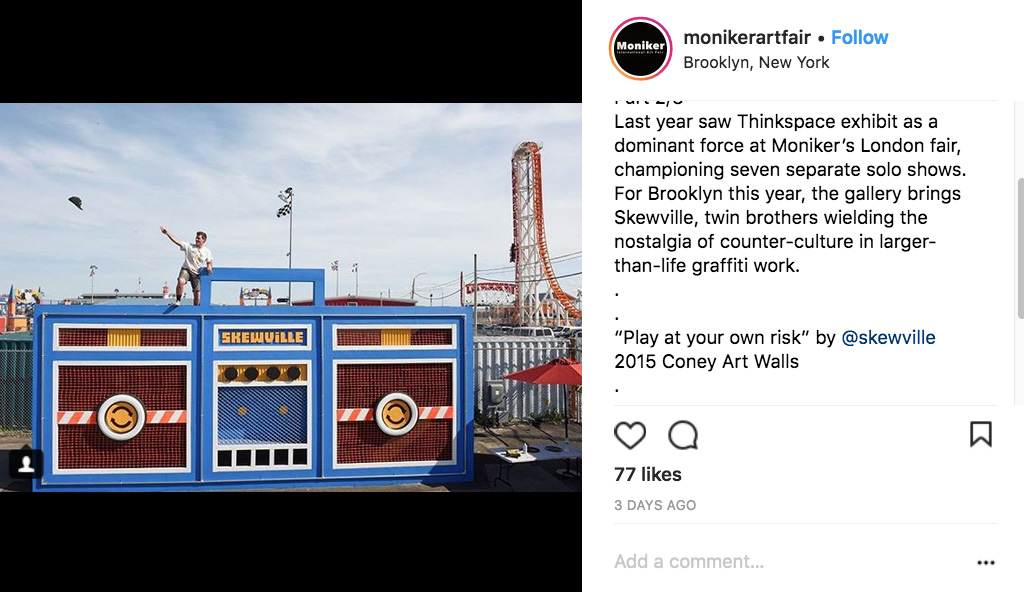Today we go to the Urvanity New Contemporary Art Fair in Madrid to see some art inside and outside the fair and to hear about some of the programming happening there, courtesy of Fernando Alcalá Losa.
URVANITY New Contemporary Art Fair 2018
Or, “How we spent the whole weekend in Madrid enjoying art, friends and talks while censorship from the central Spanish government is choking the liberty of expression.”
The 2nd edition of Urvanity New Contemporary International Art Fair was our main focus of interest. With an exciting program including some of the most interesting galleries and artists from all over the world, 4 walls being produced in different areas of the Spanish capital and a more than attractive set of talks and lectures, we knew that we were going to make our weekend. But, of course, there was going to be more, much more…
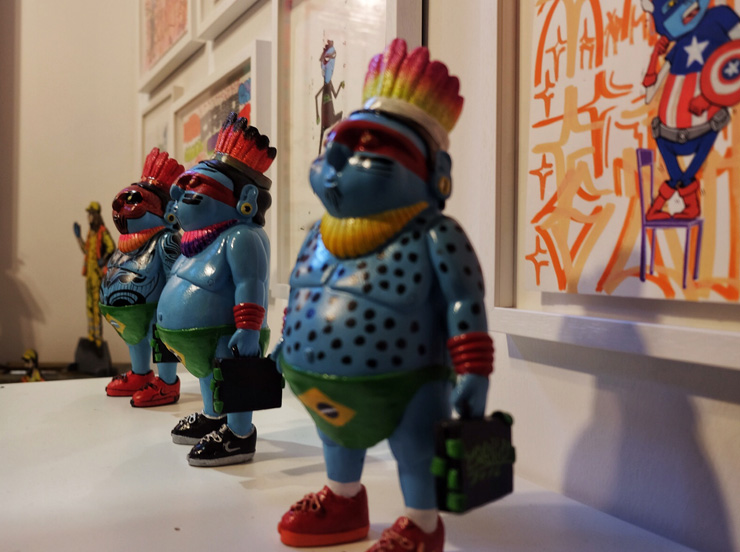
Cranio. Urvanity Art 2018. Madrid, Spain. February 2018. (photo © Fer Alcalá)
DAY ONE: Galleries
After sleeping a few hours, I started my little marathon outside the new Urvanity headquarters in the beautiful ME Madrid María Victoria Hotel for attending a round table about ‘Women in the cultural industry beyond feminist clichés’. With Alberto Aguilar from Urvanity moderating, I was excited to see what journalist Belén Palanco, gallerist Consuelo Durán and artist and friend Anna Taratiel had to say about all this arty world ‘dominated’ by men in these times when initiatives like La Caja de Pandora are rebelling against sexual abuse and the heteropatriarchy hegemony in the art world and fighting for visibility, justice and equality in working conditions and salaries.
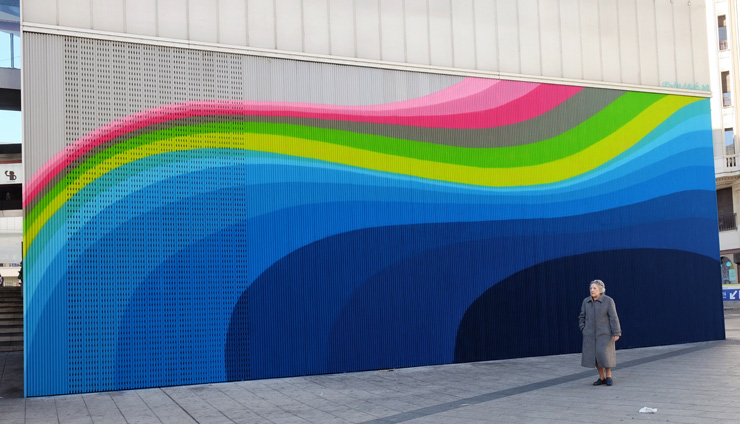
Jan Kaláb. Urvanity Art 2018. Madrid, Spain. February 2018. (photo © Fer Alcalá)
Artists like Nuria Mora and Animalitoland, Sergio Bang, from Swinton & Grant Gallery, and Diana Prieto from MadridStreetArtProject were in the audience. Issues like education, quotes, discrimination, the toughness of being a female street artist, being out or inside the system, some critics to the female clichés and personal experiences were brought into the table. Being a heterosexual cis male, I don’t know if I’m the right person to say this, but I missed a more radical speech about the whole scenario and the role of women about making the necessary changes for reaching the place and conditions that they deserve.
Apart from this, Juncal Roig, Urvanity’s communication manager, had prepared a little gift with fellow artist Antonyo Marest. Last year, Marest had painted 4 walls in a nice courtyard inside the Hotel, so we did a small private shooting with the artist. It was fun, because we had to access the place through a window in one of the rooms. As Antonio said, imagine how ‘easy’ it was to move 6-floor wall scaffolding through that small ‘hole’. Watch out for Marest USA tour coming soon in the next months.
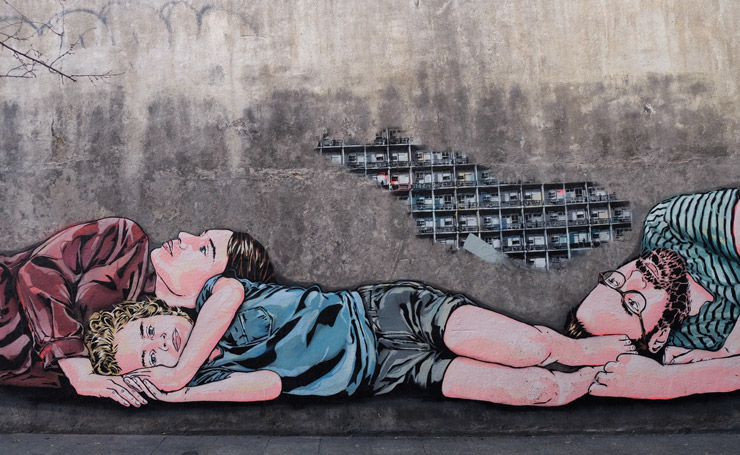
Jana & JS. Urvanity Art 2018. Madrid, Spain. February 2018. (photo © Fer Alcalá)
‘The Impact of Urban Creativity in Cities’, a talk, as I said before, by Contorno Urbano founders, was next. Ninoska’s and Esteban’s explanations about some of their most important projects and about how to work with students, neighbors, the local authorities and the artists themselves really got my attention, although I was already aware about the details of their work. The never ending growing 12+1 project and, of course, the soon to come ‘Mural Salut Wall’ by Escif were some of the top hits of the lecture, including the announce of the International Tortilla Competition held this last weekend at Sant Feliu de Llobregat’s La Salut square as a part of Escif art residence in the city. Hyper fun 3rd grade by the artist that caused lots of laughs between the audience. Looking forward to see what Escif will create in the next months here.
Long but full of experiences day. Beer time and back to our place where a bunch of young adults were waiting for us celebrating Miriam’s (our host) birthday, singing songs with ukuleles at 2am and drinking bourbon. Fuck me: I’m getting old…
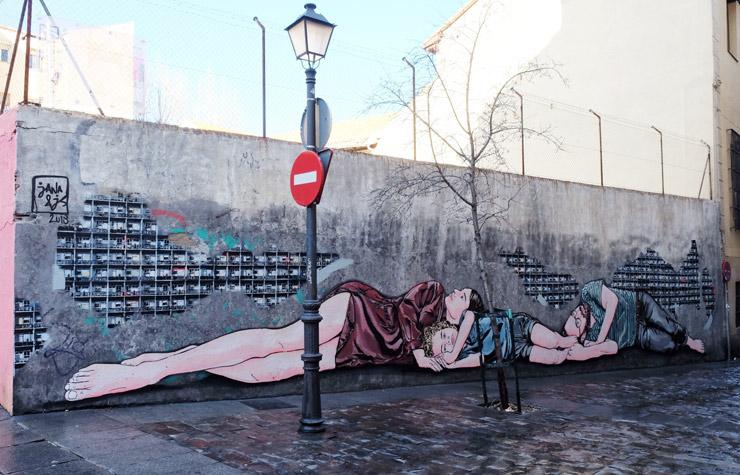
Jana & JS. Urvanity Art 2018. Madrid, Spain. February 2018. (photo © Fer Alcalá)
DAY TWO: The day of Walls.
Good morning Vietnam! Slept 4 hours, dizzy head (if you can’t fight the enemy, join him) and García in groundhog mode on. I was starting to feel kind of nervous, as I hadn’t seen a wall yet, so I had a mission going on. Being lucky enough to know one of the best hosts that you can find in Madrid, I met Guillermo, from Madridstreetartproject ‘MSAP’, had some quick breakfast and began walking by. Guille was one of the people taking care of the production duties of the Urvanity walls. A veteran actor in the local scene, his way of seeing and understanding the urban landscape is outstanding.
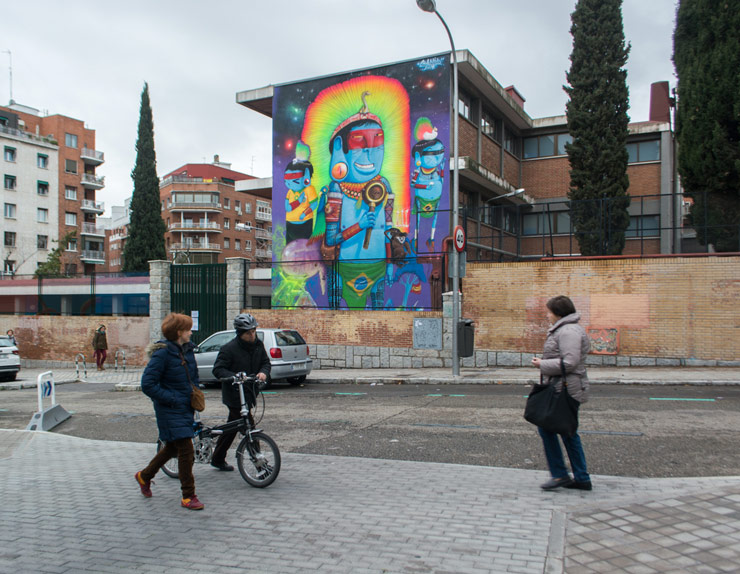
Cranio. Urvanity Art 2018. Madrid, Spain. February 2018. (photo © Guillermo de la Madrid)
I had to leave Cranio’s wall for Sunday due to ‘logistic’ reasons. But, I was so glad to have the chance to shoot with Alexey Luka, as I had seen some photos about the WIP of his mural and I was loving it. After a small talk with the artist and the ‘formal’ presentations, I began shooting from the ground while Guille was struggling with drivers trying to not have them parking besides the crane.
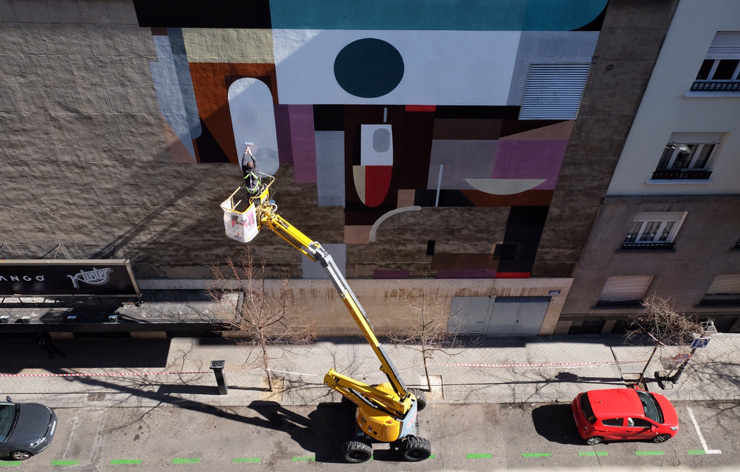
Alexey Luka. Urvanity Art 2018. Madrid, Spain. February 2018. (photo © Fer Alcalá)
Then a little magical episode took place when Javier, a neighbor living in the building opposite to Luka’s wall, offered himself to give us access to the rooftop. Nicest human being ever, Javier told me that he was a military pilot and a great photography aficionado. It’s always surprising to me how people that don’t know you at all trust in you and open their houses to strangers like us, offering all the possible help because they are liking the project and/or the artists’ work.
Alexey’s wall was being a tough one to deal with. Guille, Rocío and the rest of the production team had to treat the wall twice with some special products because dust and sand were getting out from it. They lost 2 days because of this, but when I arrived there, everything had been solved and the artist was working hard. After dealing with a couple of issues, we head to the next wall… Before, I would love to say some words about Rocío here. We have just met maybe twice during all these years.
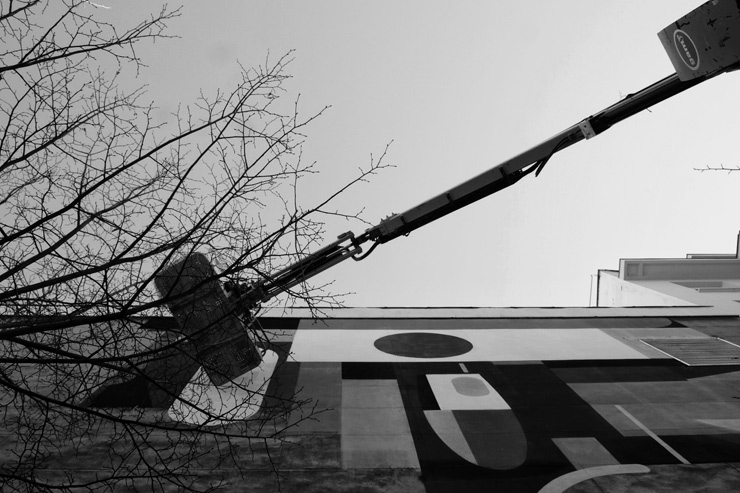
Alexey Luka. Urvanity Art 2018. Madrid, Spain. February 2018. (photo © Fer Alcalá)
Working and collaborating with MSAP, Mula Fest and Asalto among others, it’s always interesting to listen to her clever thoughts and knowledge about the whole scene, how she approaches the tours that she guides in Madrid and get to know a little bit more about the kind of person that everyone would love to have in their teams. You can check Rocio’s blog here.
Maybe Jan Kaláb’s wall was the most popular one during the whole weekend. Pedestrians were loving the mix of nice colors and soft shapes – so selfies, stories and boomerangs were spreading as flu. I just tried to include some human traffic in the photo. Maybe I have a thing with old ladies… Just maybe…
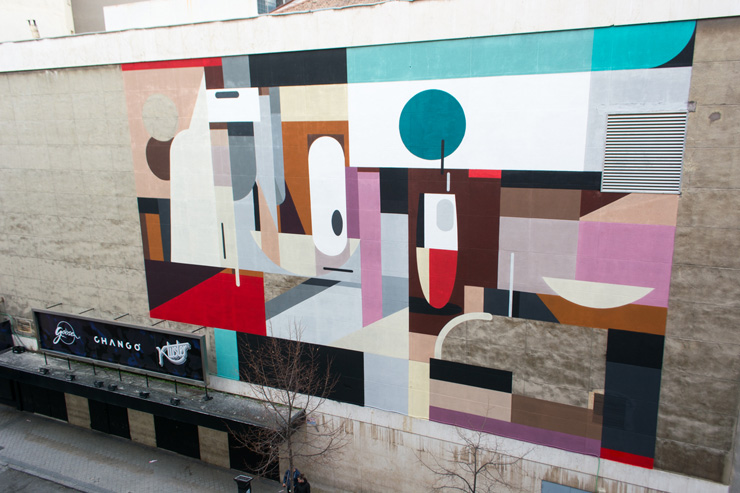
Alexey Luka. Urvanity Art 2018. Madrid, Spain. February 2018. (photo © Guillermo de la Madrid)
Xavier Eltono’s talk was one of my top moments of the whole trip. Although I follow his career since years ago, I hadn’t got any deep thoughts about his work. After I heard what he had to say about his art and about how he connect his studio work with the skin of the cities where he had intervened, I understood a lot of things regarding his philosophy and the way he interacts with the city.
Another thing that got my attention during his lecture was the fact of how many respected artists were attending the talk. Names like Zosen, Mina Hamada, Aryz, Rocblackblock, Daniel Muñoz SAN, Kenor, Anna Taratiel, Suso33, Aleix Gordo, Vermibus…were there showing respect for Eltono’s art and explanations. The academic world was also represented nicely with awesome Fernando Figueroa and Elena Gayo.
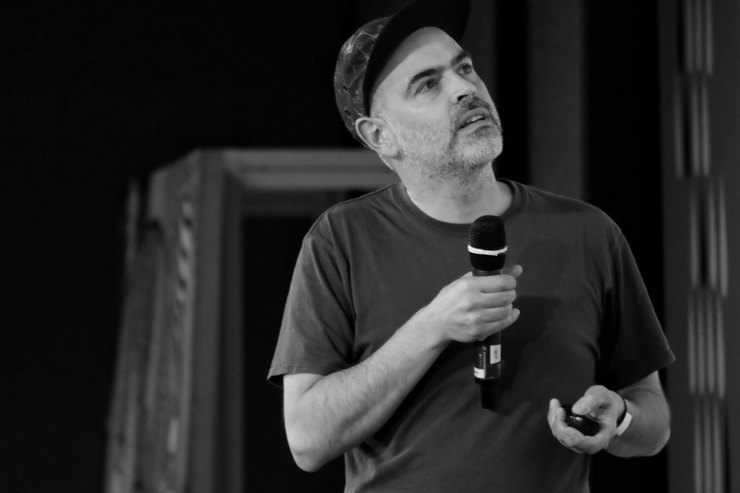
Xavier Eltono. Urvanity Art 2018. Madrid, Spain. February 2018. (photo © Fer Alcalá)
Xavier told me by email that this talk had been very important for him, so I asked him why: ‘I’m used to give talks, I do a couple every year and I actually really enjoy it. Doing it in Madrid though was a very different exercise. Even if I’m not Spanish, I became an artist in Madrid, this is the city where everything started for me. Talking about my work in this city was very challenging to me because I knew a lot of friends and a lot of artists I admire would be listening to me. It’s very easy to talk about your work in front of an anonymous crowd but in front of people you know and you care about is totally different! I was very nervous, but, according to the feedback I received after the talk, it looks like no one noticed it!!!’
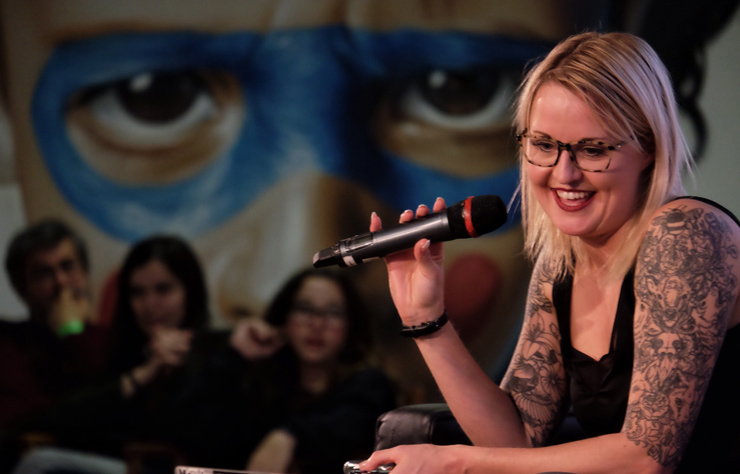
Tina Ziegler of Moniker Art. Urvanity Art 2018. Madrid, Spain. February 2018. (photo © Fer Alcalá)
Then, the main dish of the menu took place. ‘The Art Conference, by Urvanity’, hosted by Doug Gillen, from Fifth Wall TV and featuring some of the most important managers/curators/creative directors/promoters in the biz was meant to be the grand finale of Urvanity’s Saturday program. Tina Ziegler, Director of Moniker Art fair, Yasha Young, Creative Director of Urban Nation Museum, and Anna Dimitrova, Director of Montana Gallery, were adding some more girl power to the place.
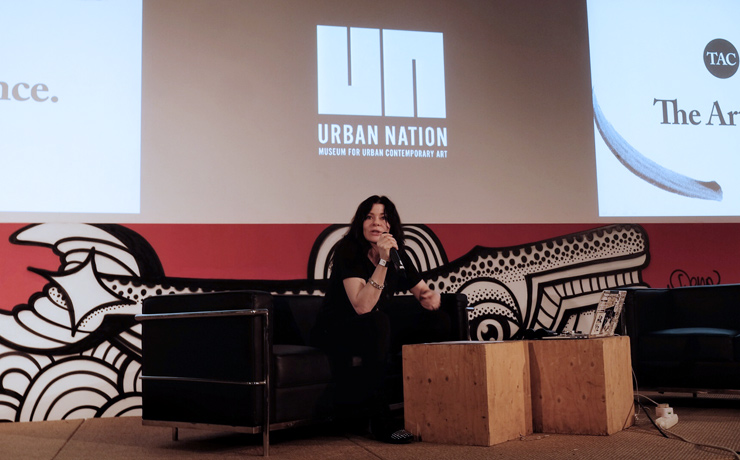
Yasha Young of Urban Nation Berlin. Urvanity Art 2018. Madrid, Spain. February 2018. (photo © Fer Alcalá)
FER: One of the most interesting things about the fair this year was the Talks Program. I couldn’t go to all of them because I would need to clone myself for attending everything, but was it intentional for you to enhance this side of the event? Do you think that these talks and lectures are useful for attracting a potential audience or are they more focused on an indoor point of view for people inside the art world? Why the 2 talks were the role and presence of women was more significant were moderated by a guy with a penis?
Sergio Sancho: For us the talk program it is a fundamental base within the fair. It is something that we want to keep on and give more importance and visibility. We think that the best way to understand this movement it’s from inside, giving voice and visibility to the main characters. About the moderator you are talking we think the gender its irrelevant. This year we wanted to give more visibility to women in a world where there is such an inequality and it has been casual that in the case of The Art Conference the moderator that Tina used it’s always a man and in the case of the talks opening program it has been Alberto the leader and we think it was the suitable person to do so.
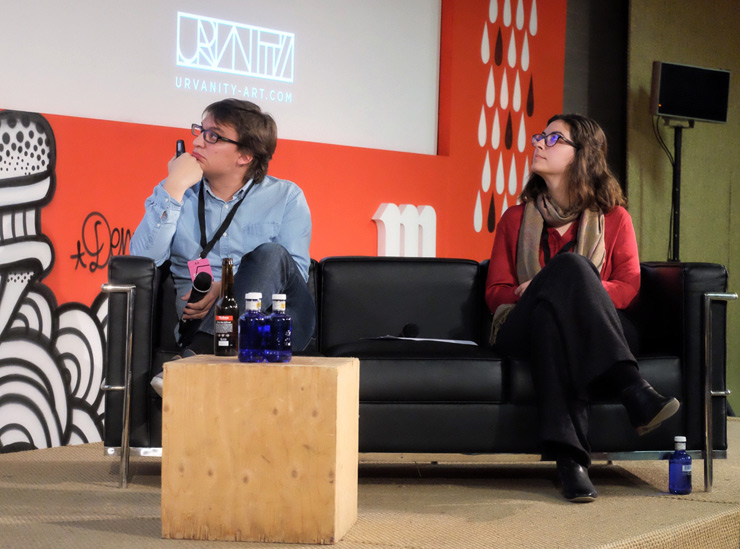
Esteban Marin and Ninoska of Contorno Urbano Foundation. Urvanity Art 2018. Madrid, Spain. February 2018. (photo © Fer Alcalá)
An impressive example of power, clear minds, commitment and, above all, tough work during several years in a penis based industry, these 3 forces of nature explained to us the main points of their careers, their way of working, their ethics, spoke about good practices and loyalty, some episodes about dealing with male chauvinism attitudes and how to get through all this without stepping forward.

Antonyo Marest. Madrid, Spain. February 2018. (photo © Fer Alcalá)
After personally meeting Ampparito and chatting a little bit with Octavi Serra and some other guys from Cúmul we ended the day talking and drinking beer in a relaxed atmosphere at some ‘Manolo’ bar in Madrid. Time to breathe, smile and relax.
DAY THREE: The art fair day.
And Sunday arrived. Keeping the military discipline of the whole weekend, woke up early, had some bad coffee while planning the morning and started my 3kms walk to check Cranio´s wall out. Sunday is ‘rastro’ day in Madrid, so some streets and squares of the area were flood with people that you had to avoid while trying not to kill yourself watching the screen of your mobile phone as it was compulsory for me to check the map and my old time friend Kini González was helping me out getting some invitations for colleagues.
Once of the few times that I was moving my head up, I almost crashed with some familiar guy. Rafa appeared suddenly in front of me with his eternal smile in the face. A friend from Barcelona, it had been years since we had seen each other, so it was a funny and nice coincidence to meet by chance 624kms away from our hometown. We continue our walk together speaking about life, anarchy, music and veganism and, at the same time, Guille was telling me the last news about Cranio´s work as we were all pendant of the keys of the crane for the final shot.
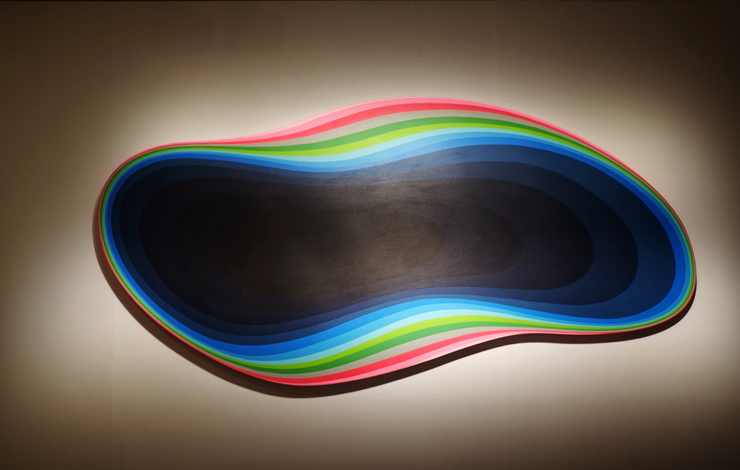
Jan Kaláb. Urvanity Art 2018. Madrid, Spain. February 2018. (photo © Fer Alcalá)
As I was seeing that this wasn’t happening in the next few hours, I changed my plans and went to Luka’s wall as I wanted to take some photos from the crane. There it goes… Say bye to Rafa, put my stuff together and we went up for capturing some details.
As we were saying in Madrid, there’s a poker of photos that you should take while capturing, if possible, the whole process of painting a big mural: shots from the ground, shots from other buildings and rooftops, shots from the crane and the final shot. If you get decent photos from all these angles, you will come back home with a smile on your face… I missed Luka’s final photo, by the way, as he finished his work on Monday.
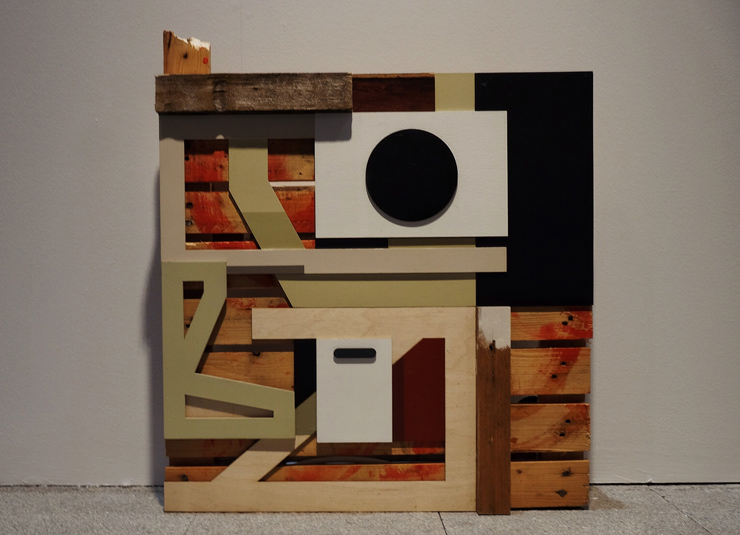
Alexey Luka. Urvanity Art 2018. Madrid, Spain. February 2018. (photo © Fer Alcalá)
Once we had arrived to Urvanity’s headquarters I started to check all the artwork that galleries like Montana, SC, Ink and Movement, Stolen Space, Fousion, Plastic Murs, Swinton & Grant, Station 16, Ruarts or Pretty Portal were exhibiting. I liked to see some personal faves like Enric Sant, Isaac Cordal, Sixe, SAN, Herakut, Deih, Hyuro, She One, Dilka Bear, Kofie, Jaune, L’Atlas, Stikki Peaches, Anna Taratiel or Guy Denning, having in mind that you don’t always have the chance to admire all these people’s work in one place at the same time. I also enjoyed to discover other great artists that were kind of new for me like Gregory Watin, Marc C. Woehr, Solomostry, Spazuk, Jaime Molina or Morik Marat.
I also spoke with some of the gallerists who were quite happy about the sales and the whole experience in general. Okuda almost did a sold out, Taratiel sold her bigger piece for Durán gallery, veteran Henry Chalfant and Enric Sant were also selling for Adda & Taxie. Vicente, from Plastic Murs, was much happier with the sales this year than he was in 2017 after seeing how Deih and, above all, Vinz had been successful during the fair. Dilka Bear for Fousion gallery also saw how some of her works were going to some collector’s homes.
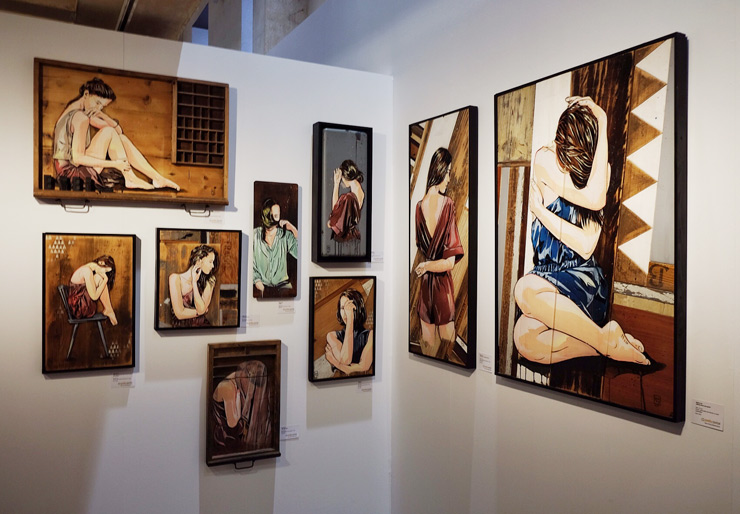
Jana & JS. Urvanity Art 2018. Madrid, Spain. February 2018. (photo © Fer Alcalá)
It was also interesting for me to know that Kofie ‘papers’ in Swinton & Grant had been sold even before than the fair officially started. Classic names of the scene like Gripface, Stikki Peaches, GR170 or Belin also sold in this year edition. On the opposite hand, Olivier, from Vroom & Varossieau, which exhibited one of the most powerful group of artists in the fair, told me that his sales had been better last year, maybe because of his high prices. As we say in Spain: ‘nunca llueve a gusto de todos’ (something like: not everyone likes when it rains).
I spent my last minutes at COAM trying to find Sergio, Juncal and Victoria from Urvanity’s team without success, as I wanted to say bye and thank them for the treat that they gave to us during the whole weekend. I really like when you get the chance of meeting personally people that you have spoken with by email and that you have interacted with on the social media, as it happened this time with Sergio and Victoria.
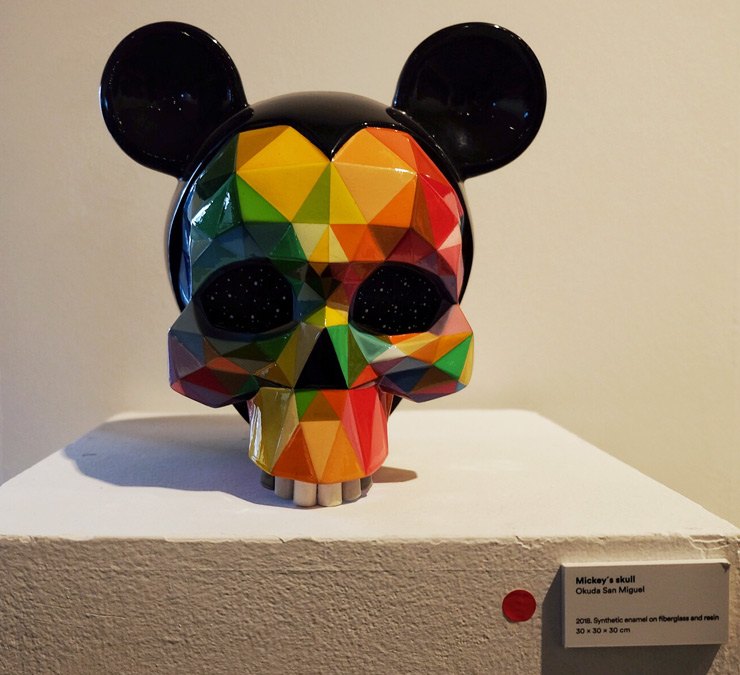
Okuda. Urvanity Art 2018. Madrid, Spain. February 2018. (photo © Fer Alcalá)
So, this was it. We couldn’t leave Madrid without having a couple (a couple…yeah, right…) of vermouths with some old time friends and colleagues, feeling sad because of the ones that we missed and thinking about all the great moments and experiences that we had lived during the weekend.
Thanks A LOT to all of you who we spent some time with during those 3 crazy days, specially to Sergio, Juncal and Victoria, Miriam for sharing her home with us, Guille, Diana & Rocío for being there as always, Lara, Soledad and Rebekah, at Espacio SOLO, for being such great hosts and, of course, Audrey García for breathing and existing. ‘til next time Madrid…
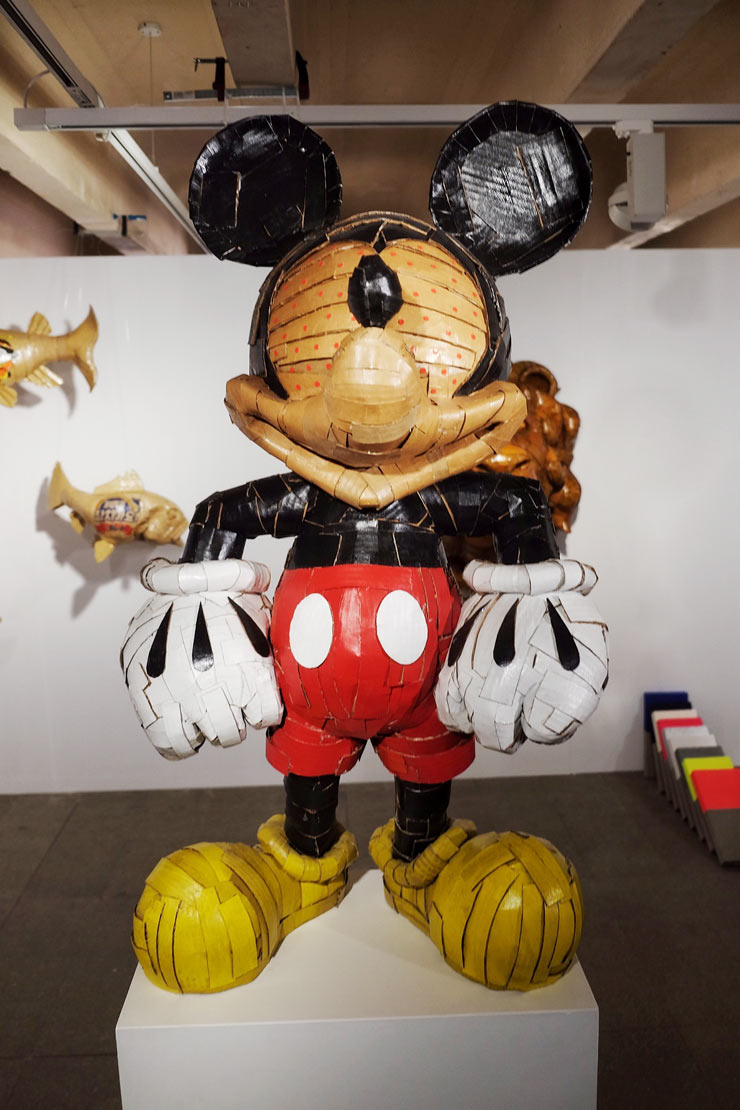
Laurence Valliéres. Urvanity Art 2018. Madrid, Spain. February 2018. (photo © Fer Alcalá)
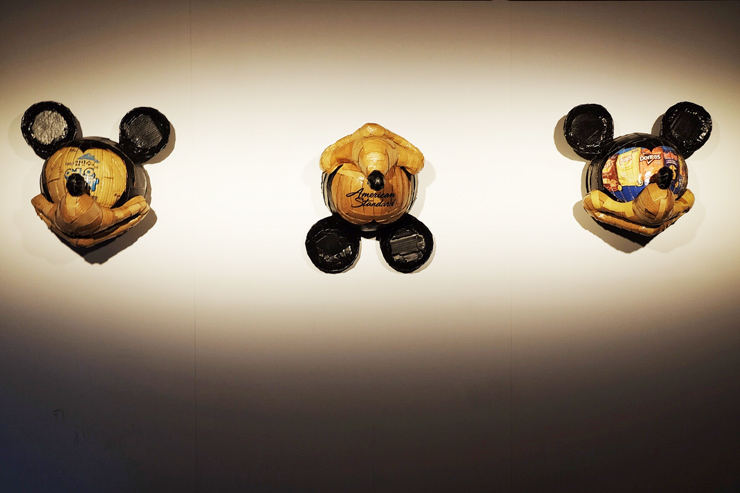
Laurence Valliéres. Urvanity Art 2018. Madrid, Spain. February 2018. (photo © Fer Alcalá)
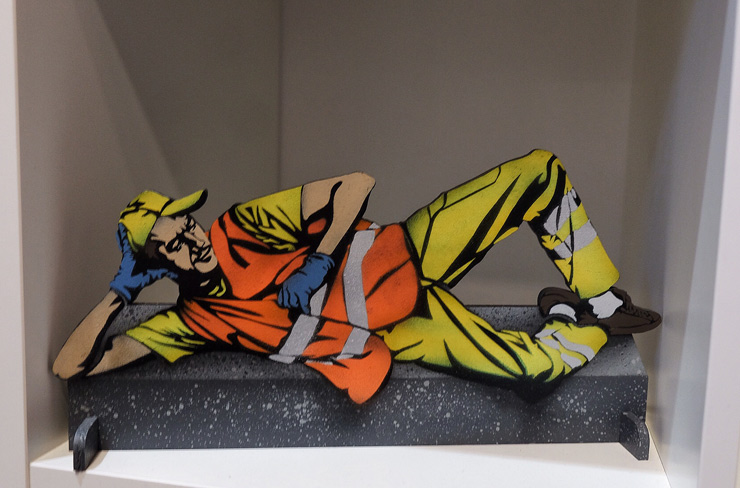
Jaune. Urvanity Art 2018. Madrid, Spain. February 2018. (photo © Fer Alcalá)

Daniel Muñoz AKA SAN. Urvanity Art 2018. Madrid, Spain. February 2018. (photo © Fer Alcalá)
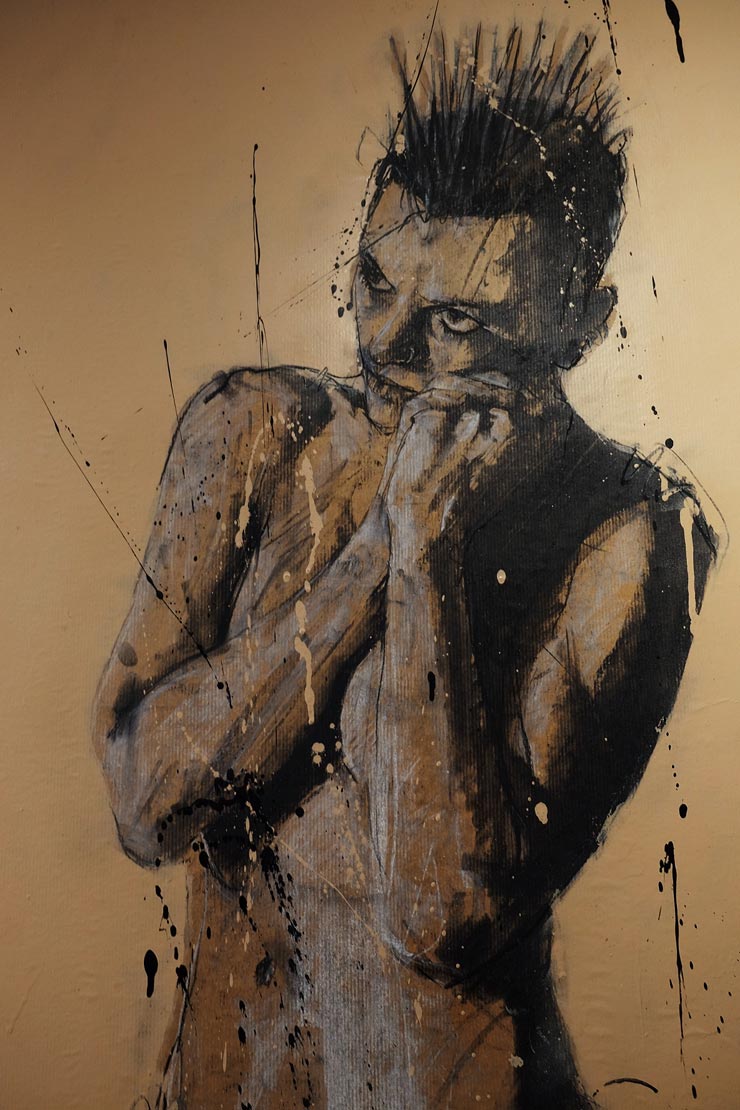
Guy Denning. Urvanity Art 2018. Madrid, Spain. February 2018. (photo © Fer Alcalá)
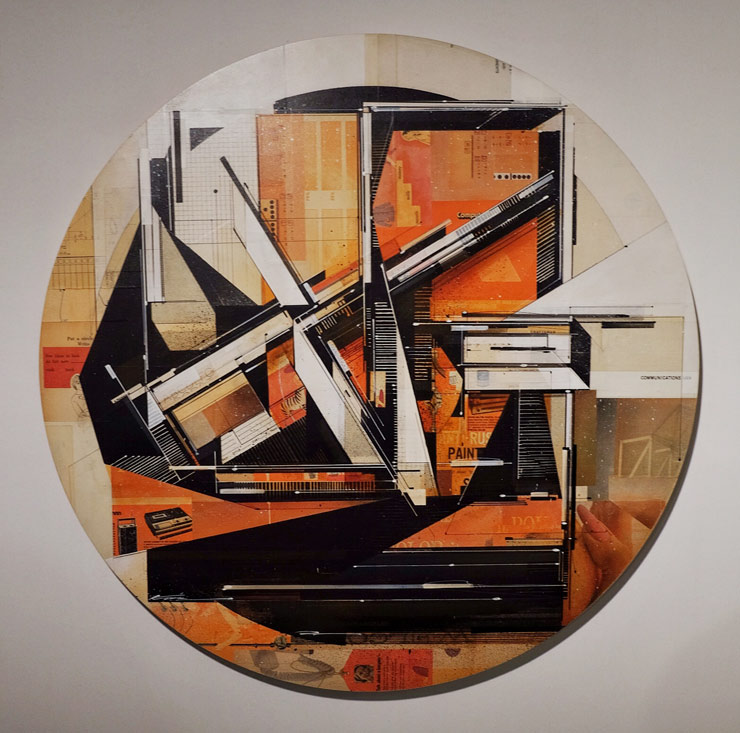
Augustin Kofie. Urvanity Art 2018. Madrid, Spain. February 2018. (photo © Fer Alcalá)
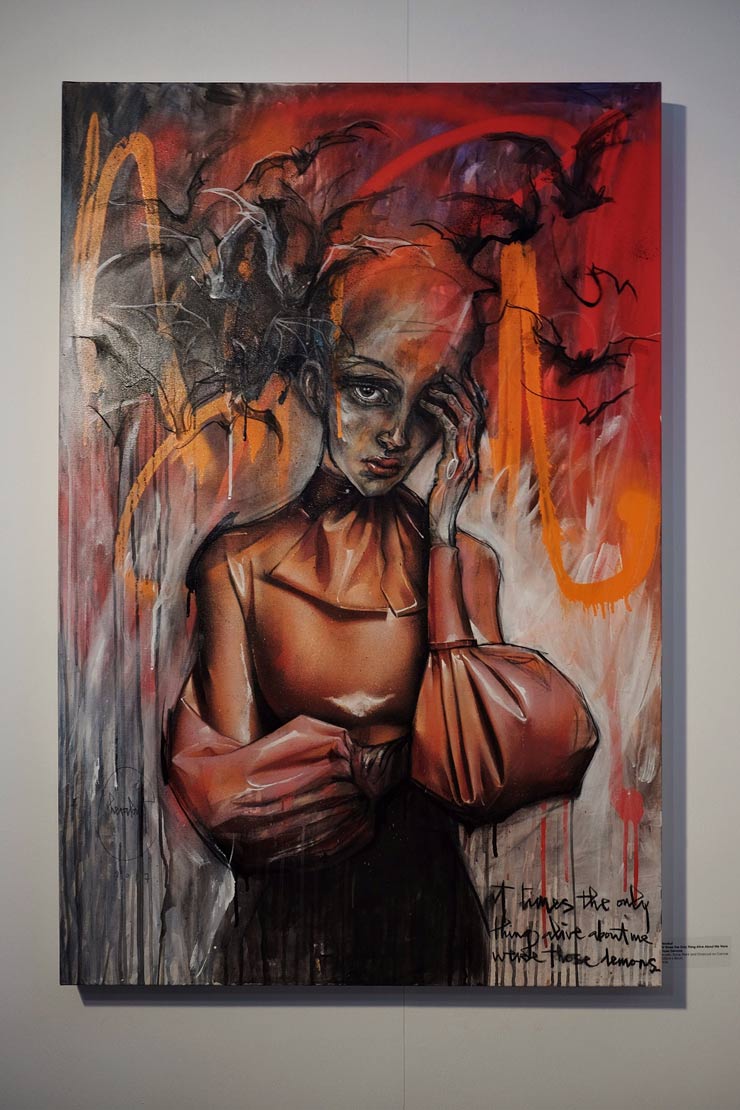
Herakut. Urvanity Art 2018. Madrid, Spain. February 2018. (photo © Fer Alcalá)
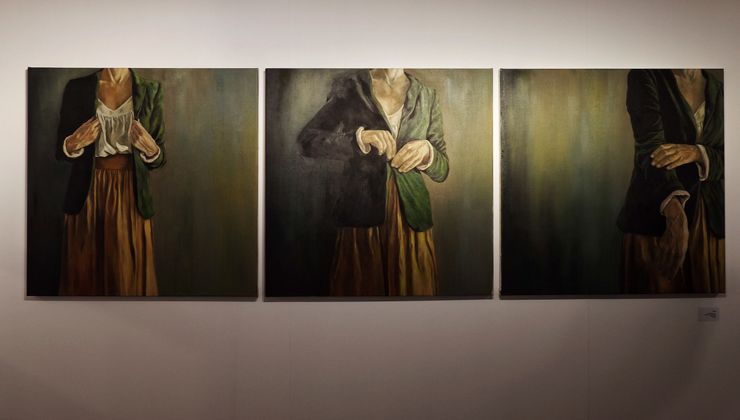
Hyuro. Urvanity Art 2018. Madrid, Spain. February 2018. (photo © Fer Alcalá)
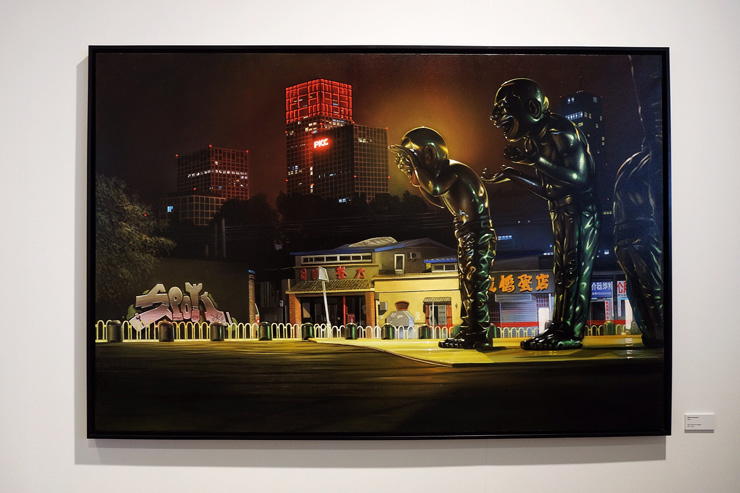
Spok. Urvanity Art 2018. Madrid, Spain. February 2018. (photo © Fer Alcalá)
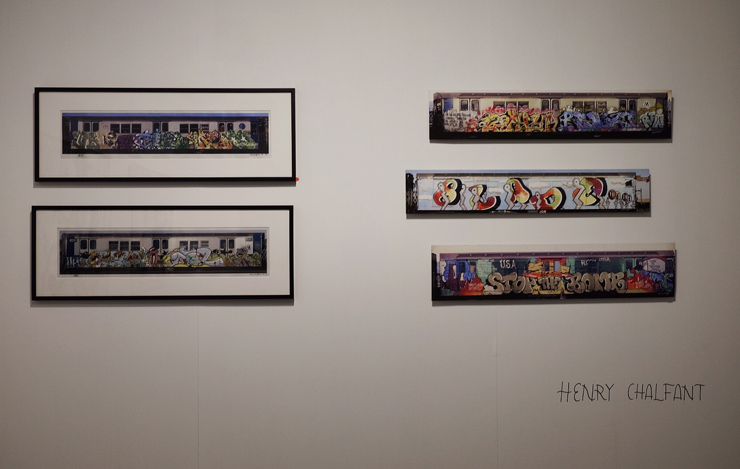
Henry Chalfant. Urvanity Art 2018. Madrid, Spain. February 2018. (photo © Fer Alcalá)
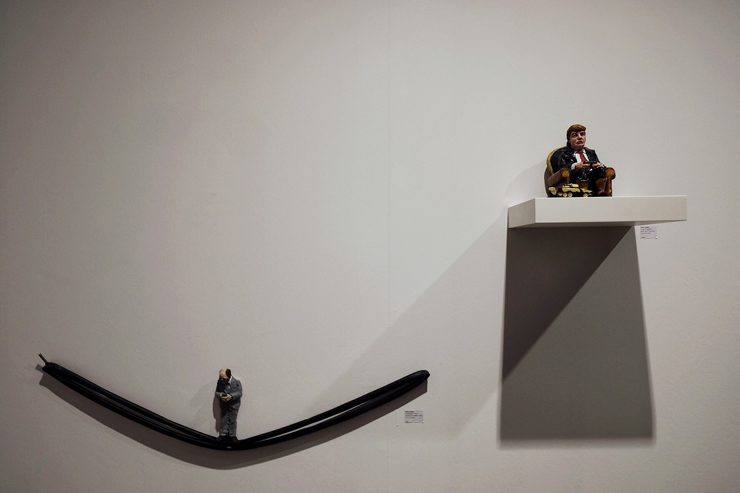
Isaac Cordal. Urvanity Art 2018. Madrid, Spain. February 2018. (photo © Fer Alcalá)
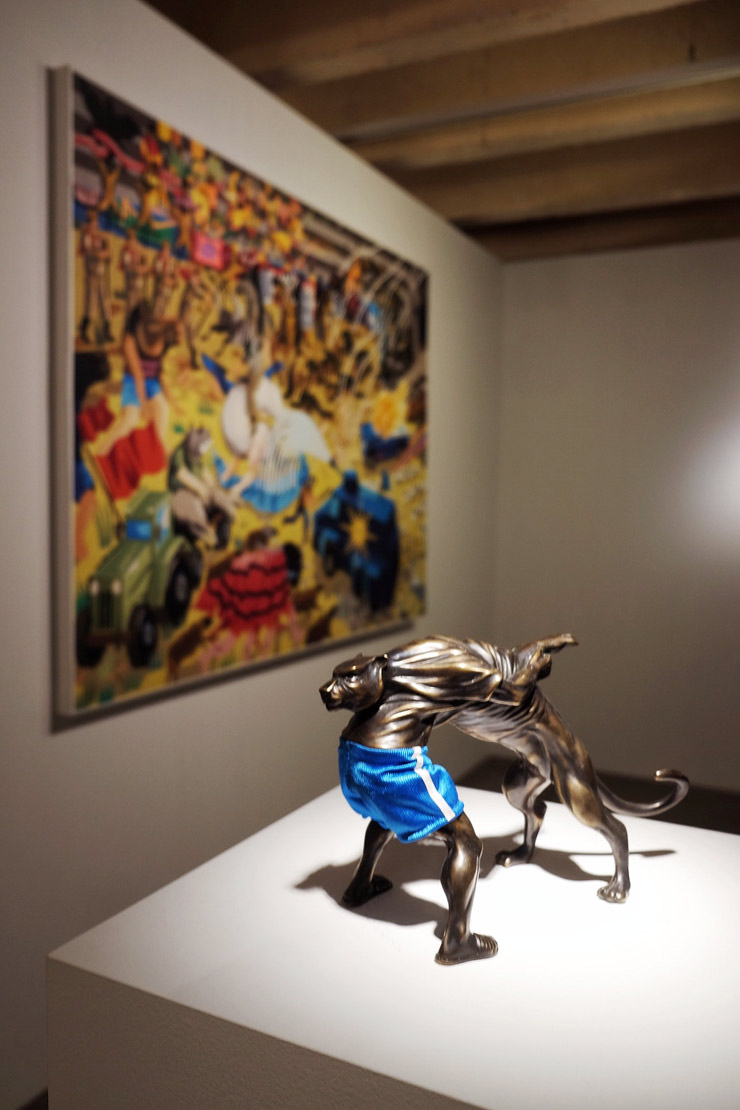
JAZ. Urvanity Art 2018. Madrid, Spain. February 2018. (photo © Fer Alcalá)
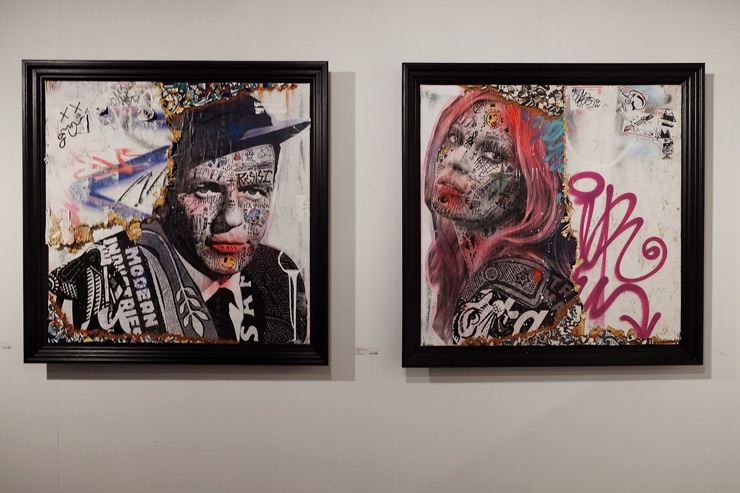
Stikki Peaches. Urvanity Art 2018. Madrid, Spain. February 2018. (photo © Fer Alcalá)
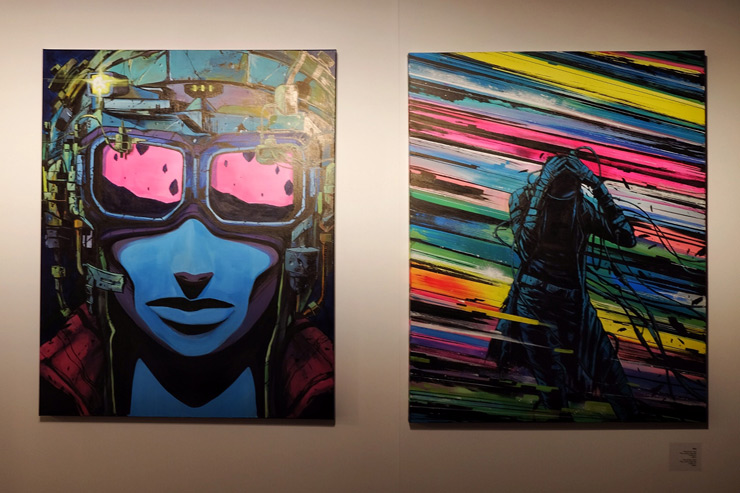
Deih. Urvanity Art 2018. Madrid, Spain. February 2018. (photo © Fer Alcalá)
URVANITY ART MADRID 2018
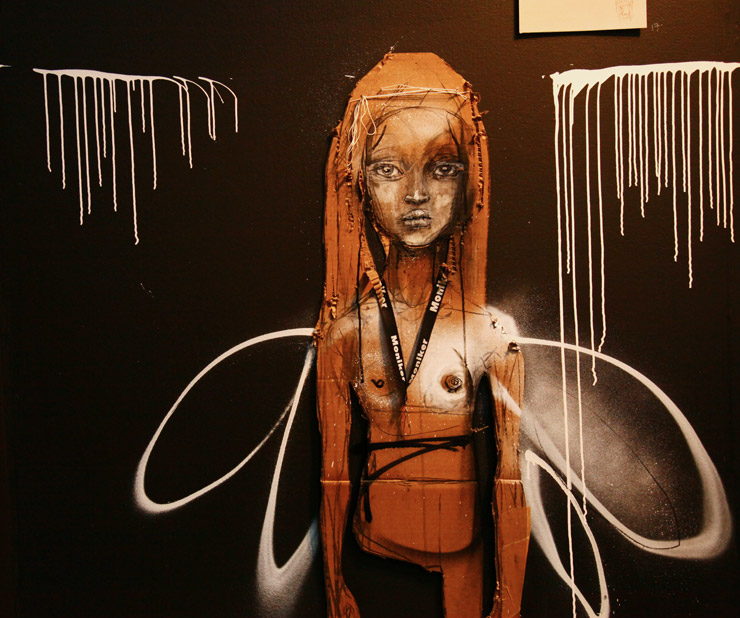

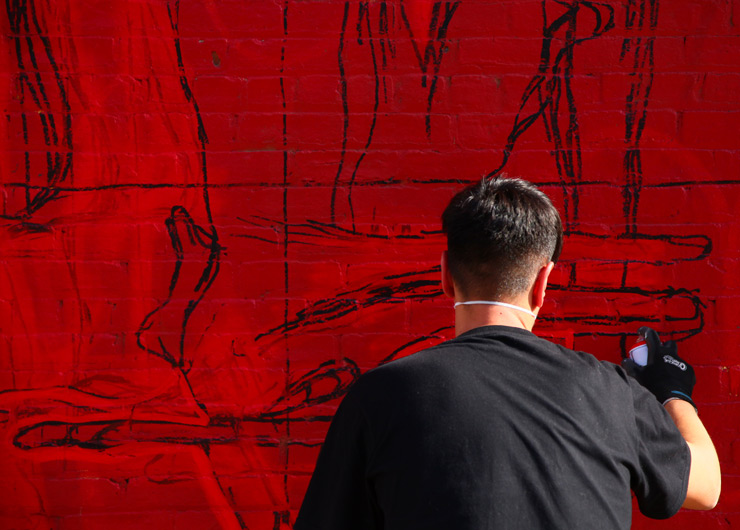
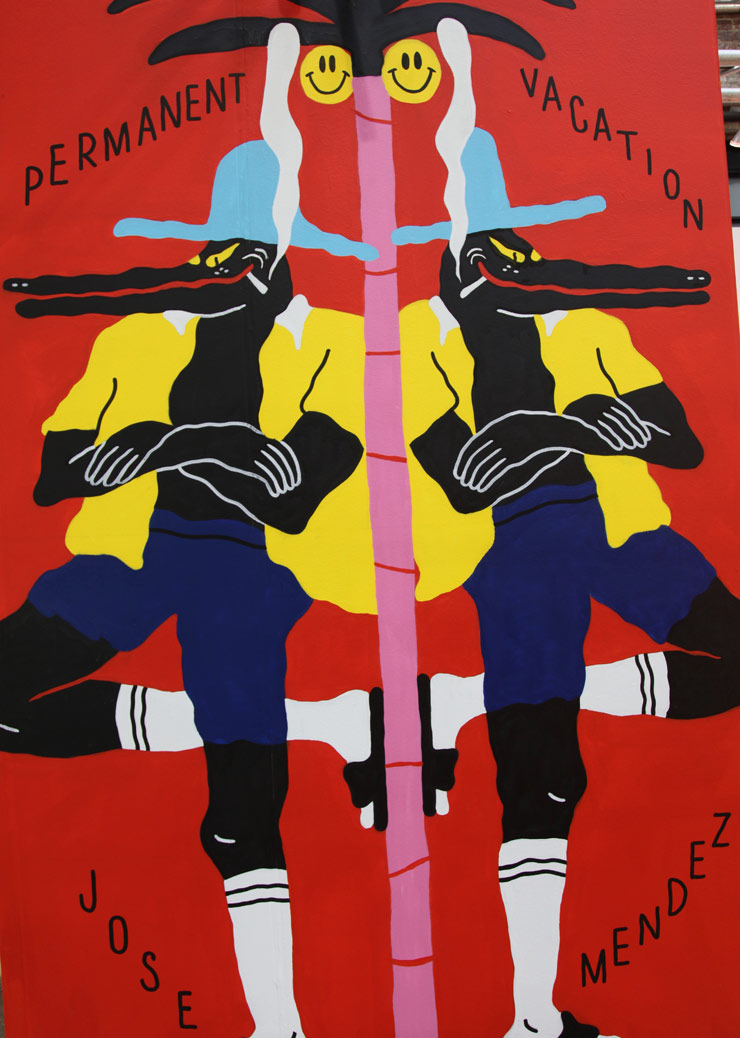
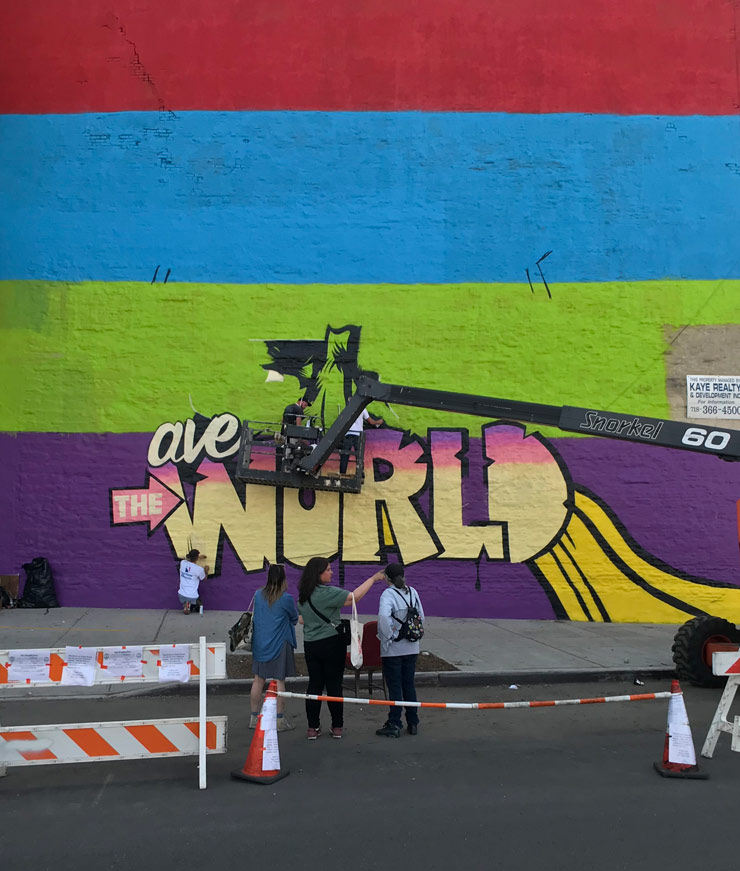
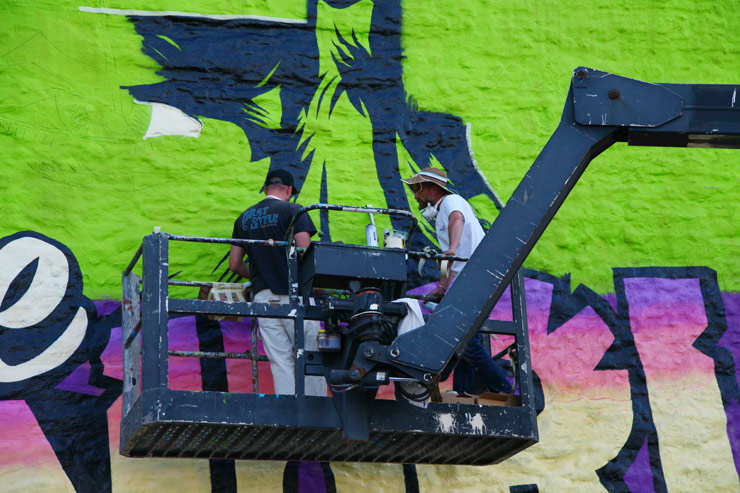
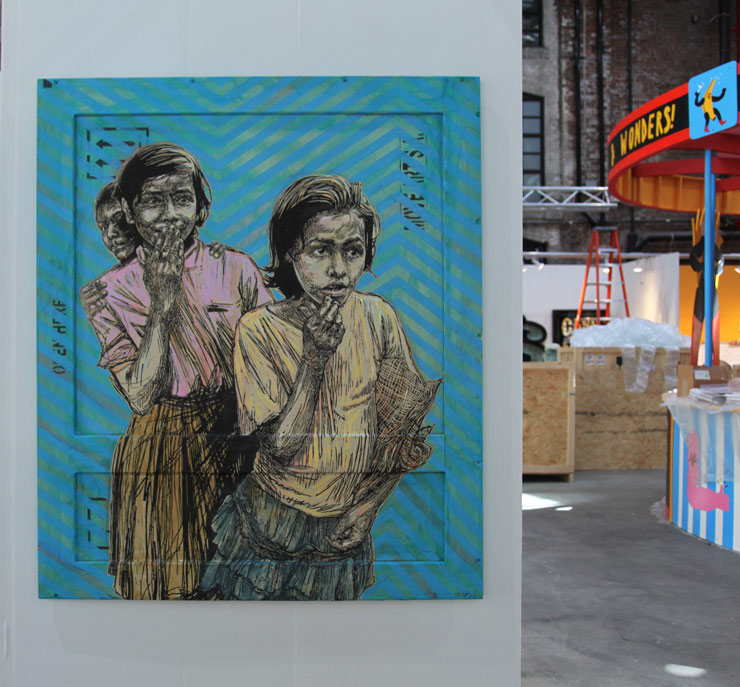
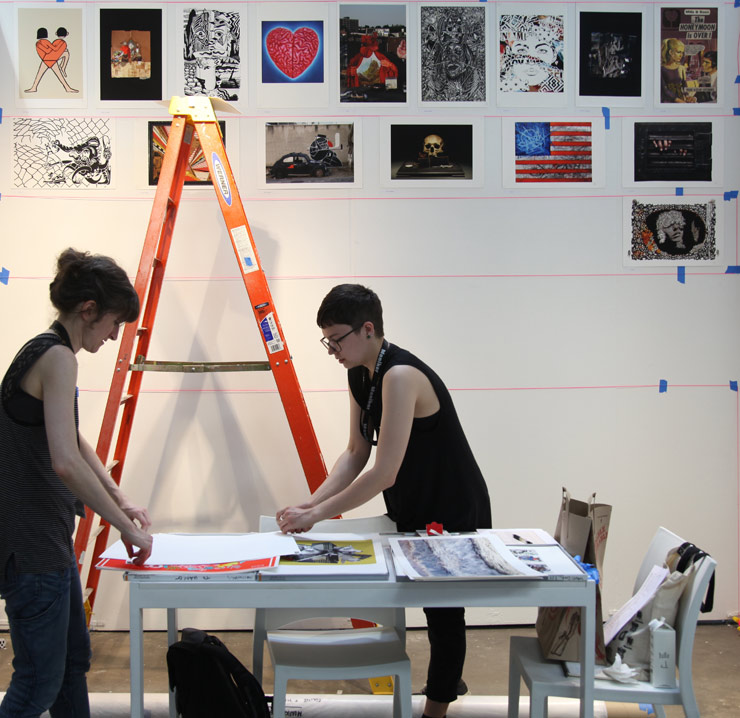
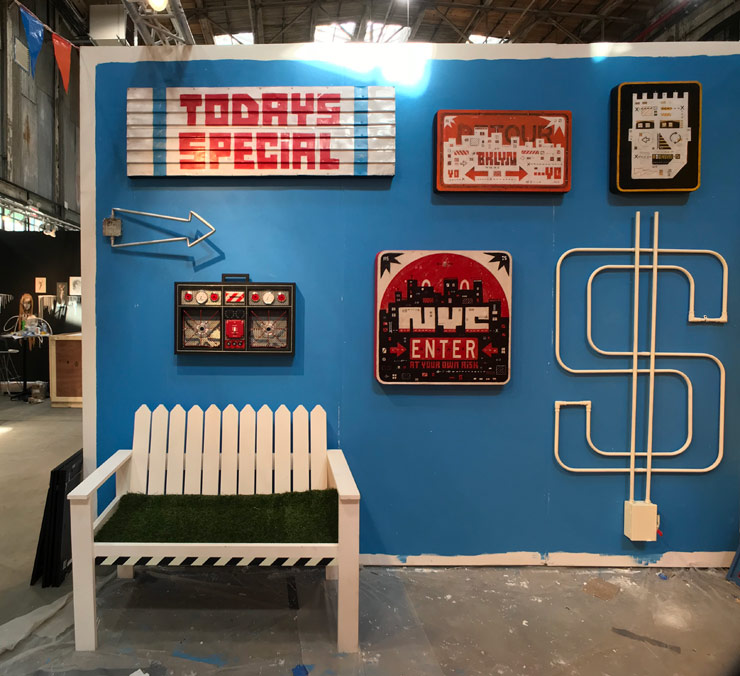
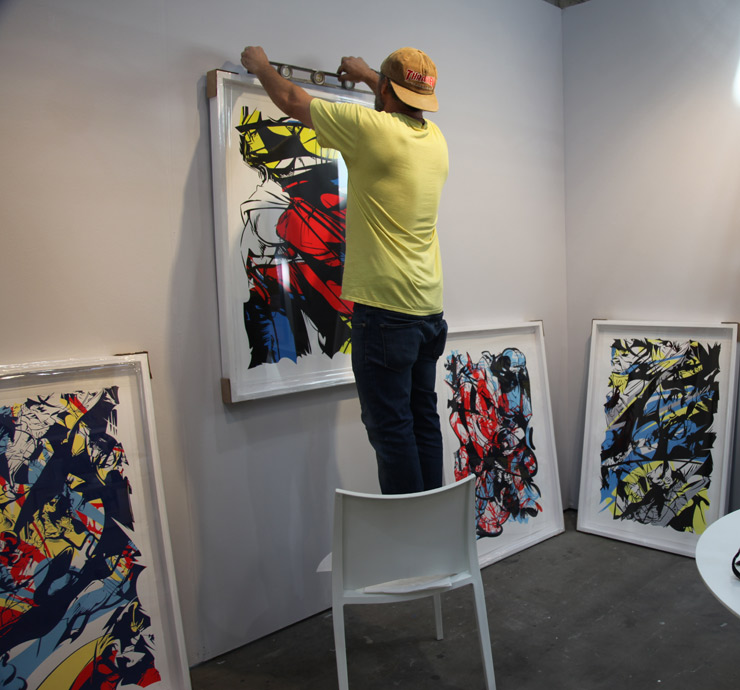
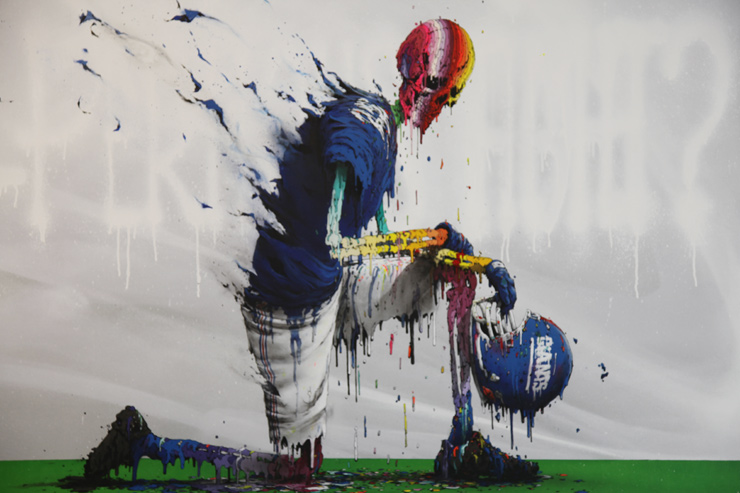
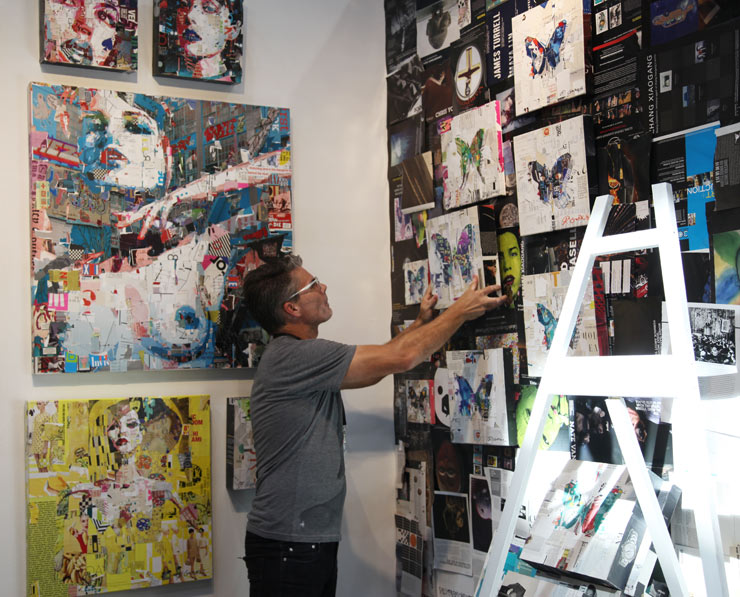
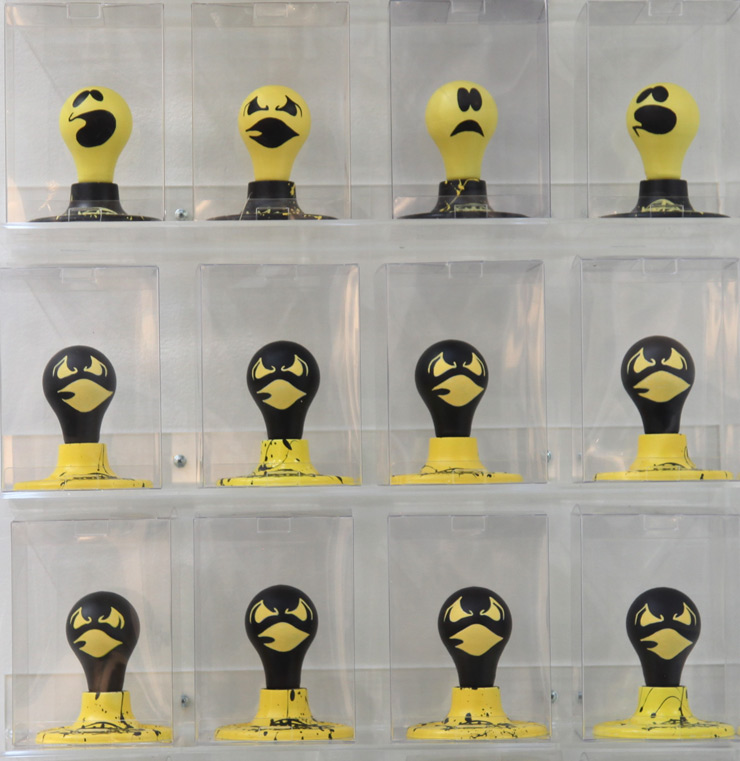
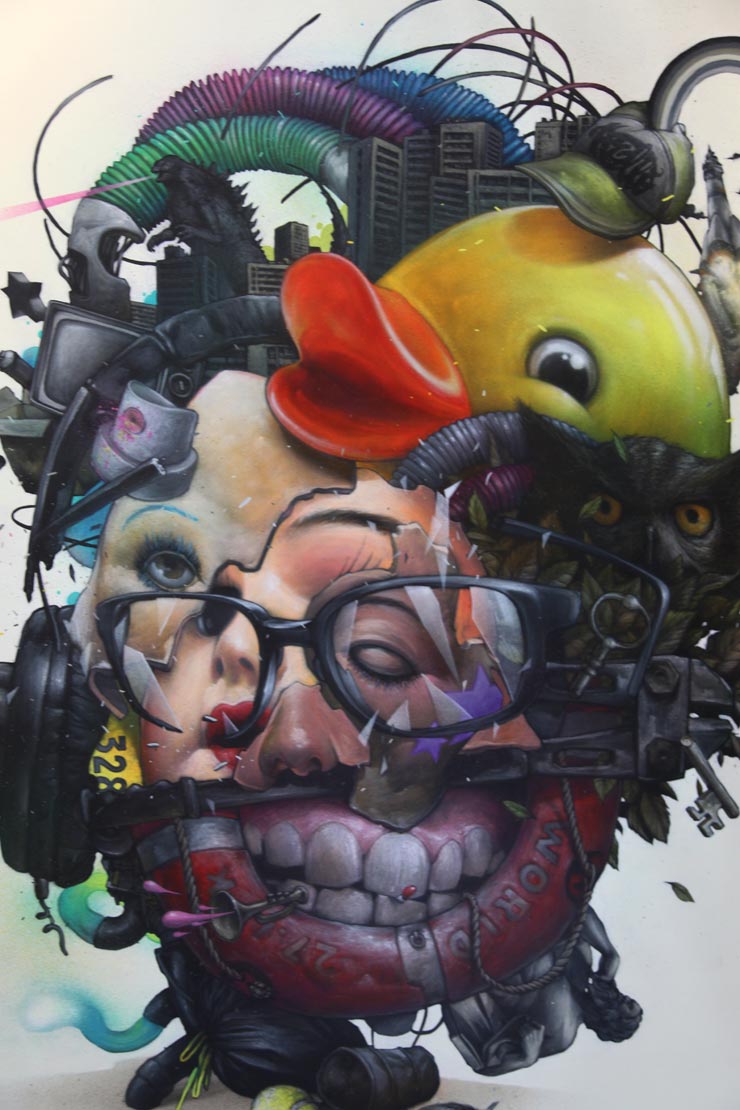
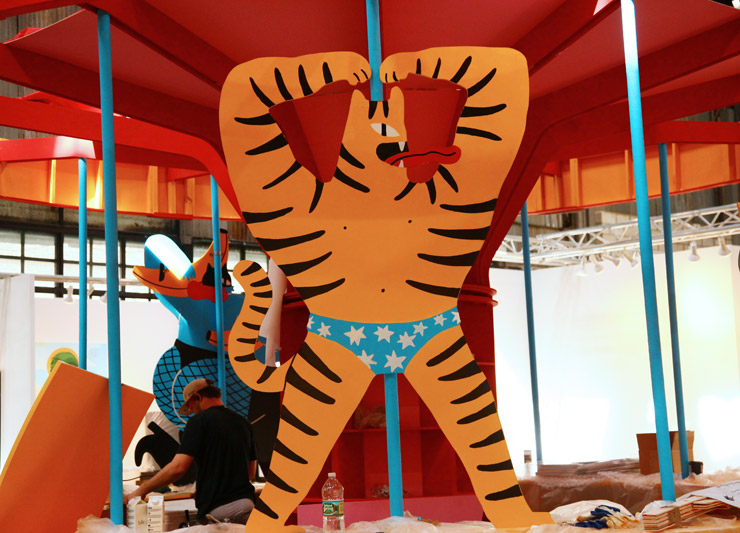
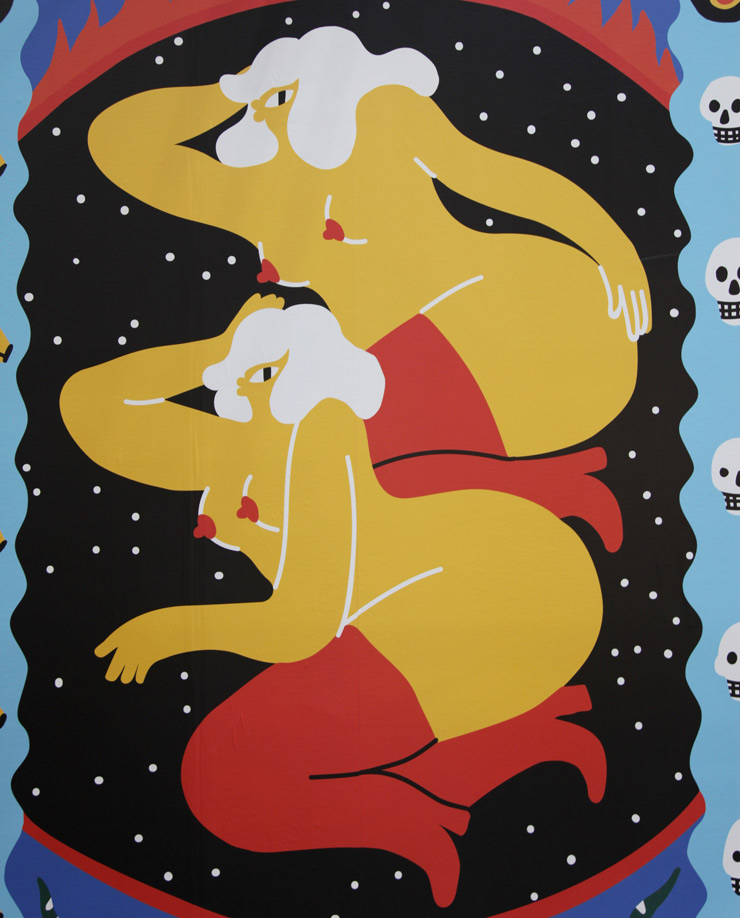
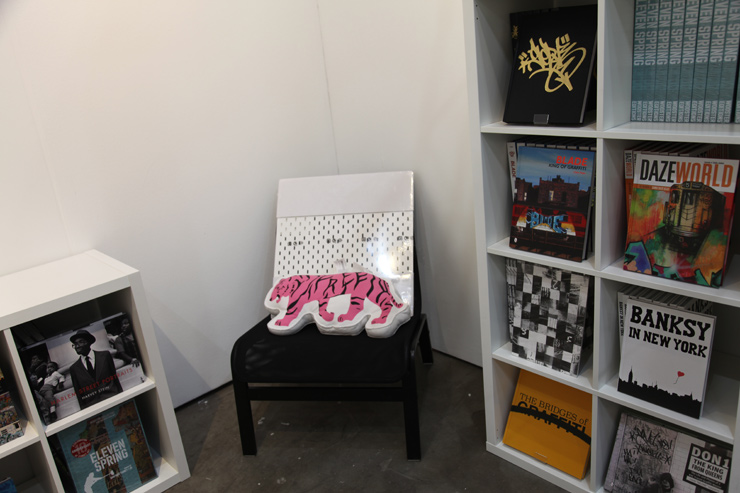
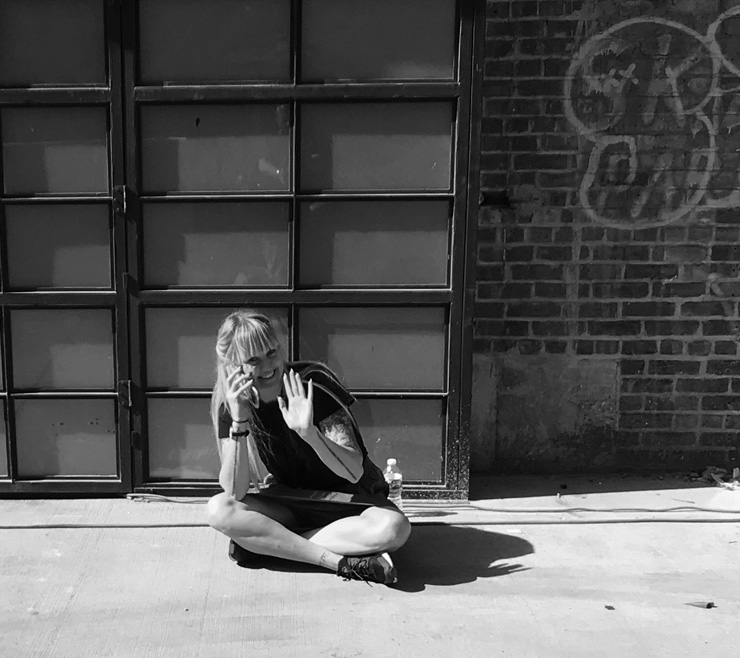
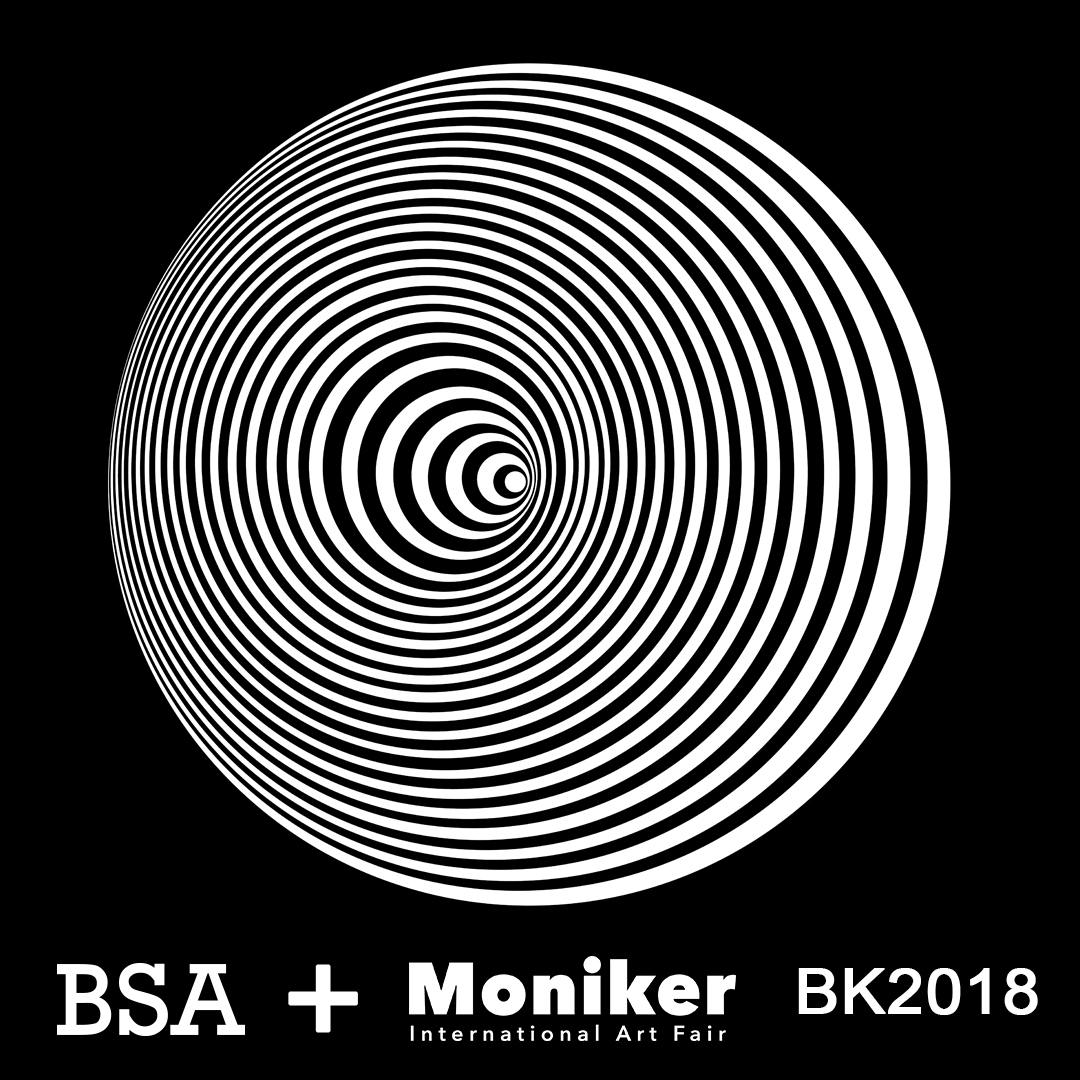
 BROOKLYN STREET ART LOVES YOU MORE EVERY DAY
BROOKLYN STREET ART LOVES YOU MORE EVERY DAY
